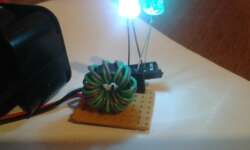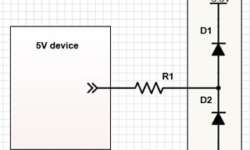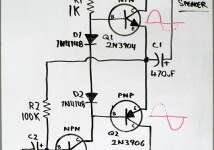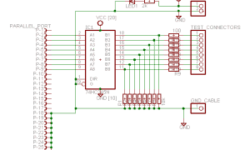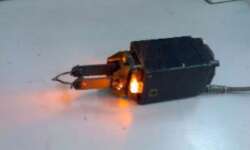Electret condenser microphone amplifier for use in microcontroller projects

Most microcontrollers have ADC input, which can sample an analog signal, including sound. Even using Arduino, you can do many cool projects using audio information. For instance, you can make a voice-controlled device such as Audio Recorder, voice-activated switch, and more exciting audio-related projects. In this post, I want to focus a bit on the microphone part – the circuit required between the electret condenser microphone and MCU ADC input. Generally speaking, you cannot connect the electret microphone directly to the ADC pin and expect it to work. The part needed here is called an electret condenser microphone amplifier circuit. Electret microphone with preamplifier stage Condenser microphones require power from a battery or external source. The resulting audio signal is a stronger signal comparing to a dynamic microphone. First of all, the electret microphone isn’t only a condenser inside. It already has a preamplifier inside usually made of FET transistor, which is connected in common source configuration: First, the electret microphone needs to be powered through the drain pull-up resistor. Its value depends on the power supply voltage. The rule of thumb is to add 1kΩ per +1V of the power supply. Up to 10V 10kΩ resistor will work fine.


